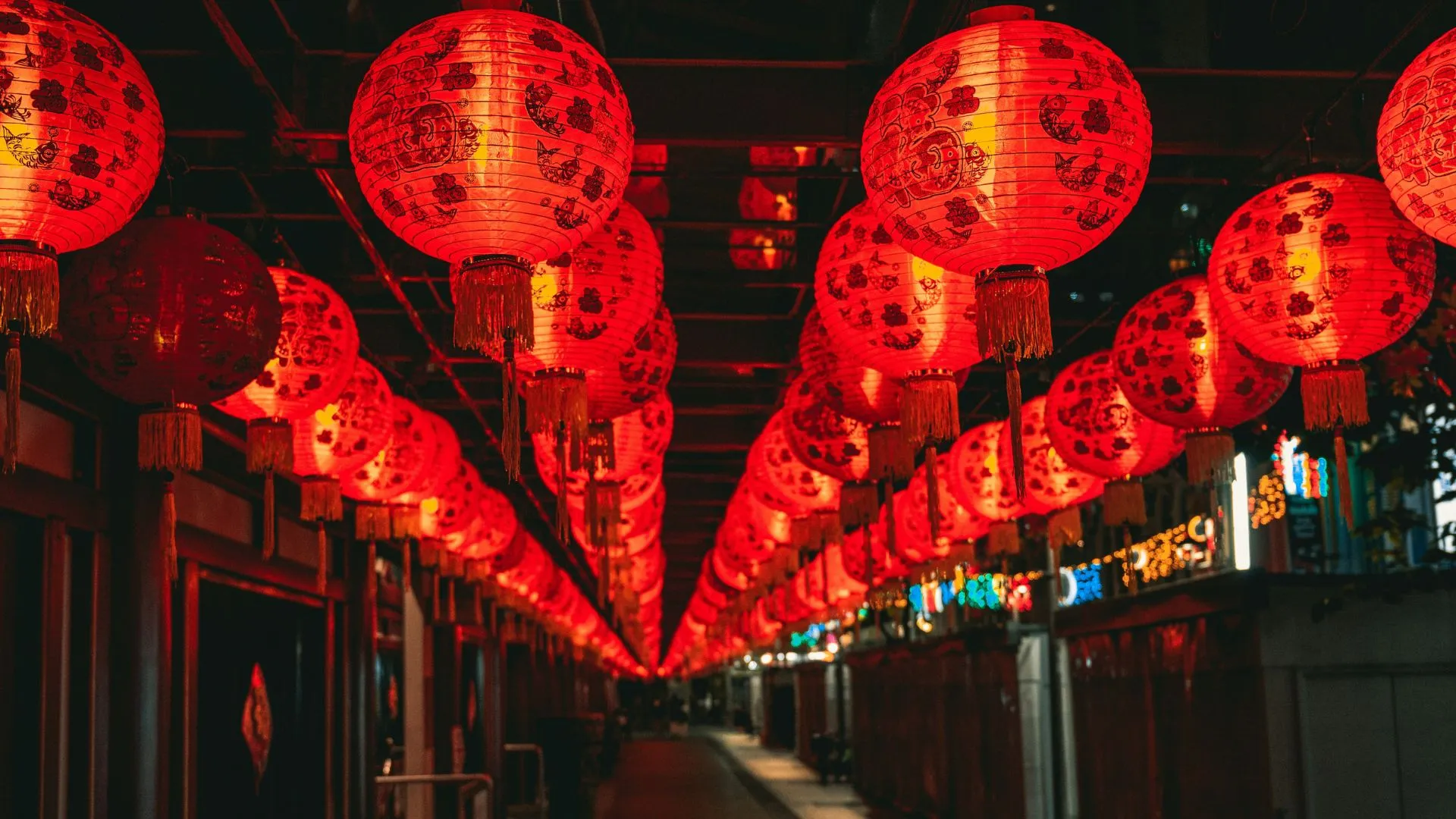Chinese New Year, also known as the “Spring Festival” (春节; chunjie), is China’s biggest and most significant holiday. It has been celebrated for thousands of years and includes a plethora of customs and rites that vary depending on the region. Holiday dates are determined by the lunar calendar; therefore, its date differs each year. Chinese New Year celebrations start on the first day of the Lunar New Year and end on the fifteenth — the Lantern Festival. Chinese New Year 2026 will take place from February 17th to March 3rd. The year 2026 will be the Year of the Horse.
What is Chinese New Year?
The Spring Festival is the most widely celebrated holiday in China. New Year celebrations focus on getting rid of the old and negative and welcoming the new and positive. Because of that, Chinese people make thorough preparations, such as cleaning the house, paying off debts, resolving conflicts, or clearing up any misunderstandings. It’s also a time to get rid of bad energy, pay respects to ancestors, and place high hopes on the new year.
Chinese New Year customs
- One of the most significant customs of the Chinese New Year celebration is setting off fireworks and firecrackers. In the past, this practice aimed to ward off evil spirits.
- Families gather for a meal, and the dishes and beverages they consume are symbolic. On the table, among other dishes, you can find dumplings called jiaozi (饺子), symbolizing unity, noodles symbolizing longevity, and fish for abundance.
- The front door is decorated with the Chinese character 福 (fu), which means blessing and good fortune or spring couplets with wishes for a prosperous new year.
- The color red is everywhere, in the form of lanterns, clothes, or decorations. In Chinese culture, red symbolizes luck, prosperity, and good fortune.
- Another extremely significant custom is giving your friends and family a red envelope filled with money (known as hongbao, 红包). Due to the popularity of QR codes in China, traditional red envelopes are increasingly being replaced by their electronic counterparts.
Migrations during the Chinese New Year 2026
Considering that the Chinese New Year is celebrated with family members, millions of Chinese people return for a family reunion during this time. It’s a period of migration on such a massive scale that it even has its own name — chunyun (春运). It usually starts 15 days before the Chinese New Year and then continues for the next 25 days after it ends, lasting for a total of 40 days. The streets are congested, all forms of public transportation, especially trains, are packed to the gills, and purchasing a ticket is incredibly difficult.
With so many workers returning home for the holidays, not only individuals traveling within China will feel the effects of the holiday, but also all importers that source from China.
Sourcing from China during the Chinese New Year 2026
As part of Chinese New Year celebrations, 7 days of statutory holidays are granted yearly. At that time, factories are closed, and contact with the supplier is significantly hindered or even impossible. In reality, the period of limited factory operations is much longer, resulting in massive delays in order fulfillment. The temporary halt in production leads to a significant increase in demand for the product, resulting in higher prices for both products and their transportation. To maximize profits, some manufacturers increase order fulfillment before the holidays, resulting in worse product quality.
Chinese New Year 2026 — Tips for importers
The most important thing is to place the order in advance to avoid complications related to the celebrations of the Chinese New Year. To ensure there are no issues with product quality or delivery delays, it’s recommended that the order be placed no later than November. Placing an order in December carries the risk that the product will not be manufactured during the same year. The ordered quantity needs to be carefully considered, considering that the factory downtime may extend into March. It’s necessary to consider both the period before and after the Chinese New Year.
If placing the order earlier is impossible, eventual delays, which can extend to a month, need to be considered. You also shouldn’t rely solely on assurances that the goods will arrive on time, as they often turn out to be unreliable. Due to the questionable quality of goods offered during that period, it’s important to conduct detailed quality control to ensure that the ordered products will meet all requirements and expectations.
It’s crucial to remember the importance of guanxi (关系), that is, relations, in Chinese business culture. To ensure good relations with our Chinese business partner, it’s certainly recommended that you send them New Year’s greetings, as they will undoubtedly be well-received. Even though communication with the contractor may be challenging, being patient and remembering that this time of year is reserved for nurturing family bonds is essential.
In conclusion, Chinese New Year is a significant part of Chinese culture. The holiday’s impact needs to be considered when planning a trip to China and doing business with Chinese business partners. It is recommended to start preparations well in advance to avoid potential issues, such as delays and higher costs.
